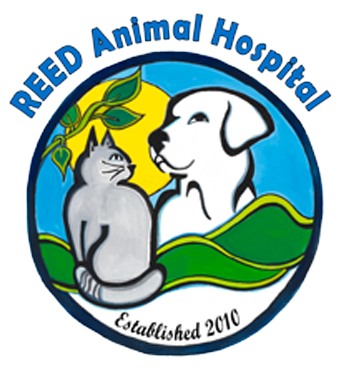Taking a Bite Out of Common Myths About Pets

We all think we know our pets well, but even the most attentive pet owner may have stumbled across some misinformation about our animal companions. As your veterinarian near Campbell can tell you, there are numerous popular misconceptions about animal behavior. Here are some of the most widespread myths about cats and dogs—and the facts behind the myths.
A cat always lands on its feet. While cats do have the ability to turn themselves around and land on their feet when falling from certain heights, this doesn’t mean that it will happen every single time. If a cat falls from a height that is either too high up or too close to the ground—or if the cat is sick—then it is liable to be injured by the fall.
A dog’s mouth is cleaner than its owner’s. It’s true that a dog’s mouth tends to have different types of bacteria than a human’s mouth, but that doesn’t mean that it is any “cleaner.” While you generally don’t have to worry about your dog licking you, your dog’s mouth won’t stay healthy on its own. Dogs, just like their owners require dental checkups from time to time.
A purring cat is contented. Cats do purr when they are feeling safe and comfortable, but they also purr for many other reasons. A mother cat may purr while it is giving birth, and kittens may purr to communicate with their mothers. Cats sometimes purr when they are feeling frightened or distressed. They may even purr while they are eating.
A wagging tail means a happy dog. While dogs do wag their tails when they are feeling good, they also wag their tails at other times. Did you know that dogs usually do not wag their tails if they are by themselves? Wagging a tail seems to be a dog’s way of communicating a strong emotion—but that emotion can be anything from contentment to agitation, fear, or anxiety.


